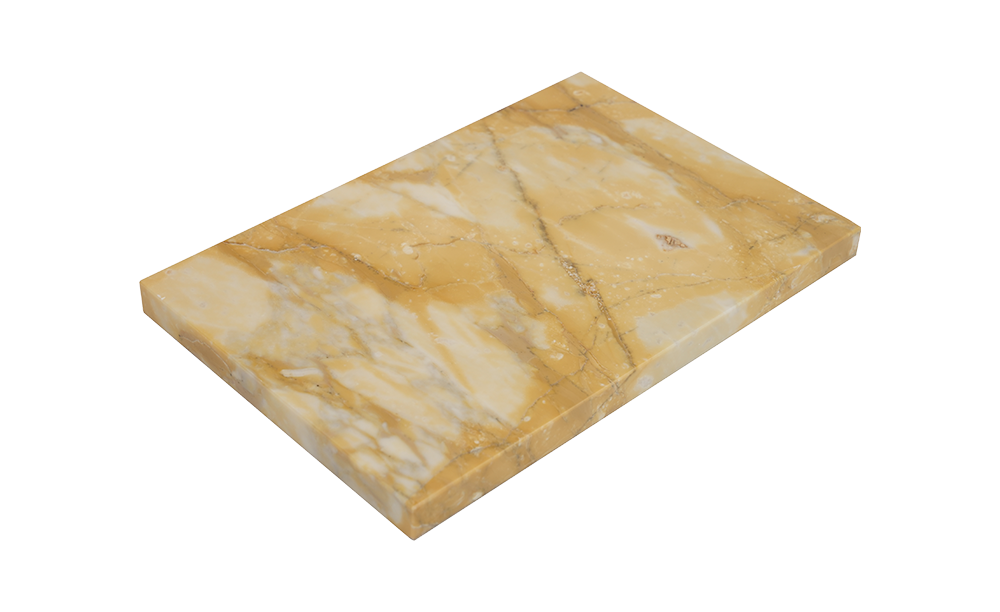When designing a bathroom, one of the most critical decisions is selecting the right floor and wall tiles. Among all the options, marble bathroom tiles stand out for their elegance, timeless beauty, and durability. But what makes marble tiles so desirable? How do they compare to ceramic or porcelain alternatives, and what should you consider when choosing them? This article explores everything you need to know about marble bathroom tiles, from types and benefits to maintenance tips and design ideas.
1. What Are Marble Bathroom Tiles?
Marble bathroom tiles are natural stone tiles cut from marble slabs, a metamorphic rock primarily composed of calcite or dolomite. Known for its unique veining, glossy finish, and luxurious feel, marble is often used in bathrooms to create a sophisticated and high-end look. Unlike synthetic materials, each marble tile is one-of-a-kind, making every installation unique.
Marble tiles are available in various finishes, including polished, honed, brushed, and tumbled, each offering different aesthetic and functional benefits.
2. Key Features and Advantages of Marble Bathroom Tiles
| Feature |
Description |
Benefit |
| Natural Elegance |
Unique veining and patterns in each tile |
Creates a luxurious, timeless appearance |
| Durability |
Strong natural stone resistant to heavy foot traffic |
Long-lasting solution for bathroom floors and walls |
| Variety of Finishes |
Polished, honed, tumbled, brushed |
Offers options for style, slip resistance, and texture |
| Heat Resistance |
Withstands high temperatures |
Ideal for underfloor heating and hot showers |
| Increases Property Value |
High-end material often associated with luxury |
Enhances aesthetic appeal and resale value |
| Versatile Colors |
White, black, green, pink, gray, and more |
Matches a wide range of interior designs |
| Eco-Friendly |
Natural stone with minimal processing |
Sustainable choice for eco-conscious homeowners |
3. Types of Marble Bathroom Tiles
- Carrara Marble – Originating from Italy, it features soft gray veining on a white background. Popular for minimalist and modern bathrooms.
- Calacatta Marble – Known for dramatic, thick veining and a bright white base, ideal for luxurious and statement designs.
- Statuario Marble – Rare and elegant with bold veining, commonly used in premium projects.
- Emperador Marble – Rich brown tones with lighter veins, perfect for warm and cozy bathroom designs.
- Crema Marfil Marble – Beige marble with soft patterns, often used for both floors and walls.
4. Benefits of Using Marble Bathroom Tiles
- Aesthetic Appeal – Marble provides a natural, sophisticated look that complements various interior styles, from modern minimalism to classic elegance.
- Durability – With proper care, marble tiles can last decades without losing their beauty.
- Cool Surface – Marble naturally stays cool underfoot, making it comfortable in hot climates.
- Customizable – Can be cut into various sizes and shapes, allowing for creative mosaics, borders, and patterns.
- Resale Value – Marble bathrooms are often seen as premium features that increase property market value.
5. Considerations Before Choosing Marble Bathroom Tiles
- Porosity – Marble is naturally porous and can stain easily. Sealing is essential to prevent water and chemical damage.
- Slip Resistance – Polished marble can be slippery; consider honed or textured finishes for wet areas.
- Maintenance – Regular sealing, cleaning with pH-neutral cleaners, and avoiding acidic substances are necessary.
- Cost – Marble tiles are more expensive than ceramic or porcelain tiles, but their aesthetic and long-term durability justify the investment.
- Color and Veining – Each slab is unique; plan layouts carefully to maintain visual consistency.
6. Maintenance Tips for Marble Bathroom Tiles
- Seal Regularly – Apply a high-quality sealant every 6–12 months to protect against stains.
- Use Mild Cleaners – Avoid acidic or abrasive cleaners that can damage the surface.
- Clean Spills Immediately – Prevent water, soap, and cosmetic products from leaving marks.
- Avoid Heavy Impact – Dropping heavy objects can chip or crack marble tiles.
- Polish Occasionally – Maintain shine and reduce minor scratches with professional polishing.

7. Design Ideas for Marble Bathrooms
- All-Marble Bathroom – Floor, walls, and countertops in the same marble type for a seamless, luxurious look.
- Marble Accents – Use marble for a feature wall, vanity top, or shower niche for subtle elegance.
- Contrasting Patterns – Pair marble tiles with darker grout, wood, or metallic fixtures for modern contrast.
- Mosaic Inserts – Small marble mosaics on floors or walls can create intricate patterns and visual interest.
- Underfloor Heating – Marble retains heat efficiently, enhancing comfort and luxury.
8. Conclusion
Marble bathroom tiles are not just a flooring or wall option—they are a statement of luxury, elegance, and quality. While they require careful selection and maintenance, their natural beauty, durability, and ability to elevate interior spaces make them an unmatched choice for homeowners and designers.
By considering the type, finish, slip resistance, and maintenance needs, you can enjoy the timeless appeal of marble for years to come. Whether designing a modern, minimalist bathroom or a classic, opulent space, marble tiles provide an aesthetic and functional solution that few materials can rival.



 English
English Français
Français عربى
عربى italiano
italiano









